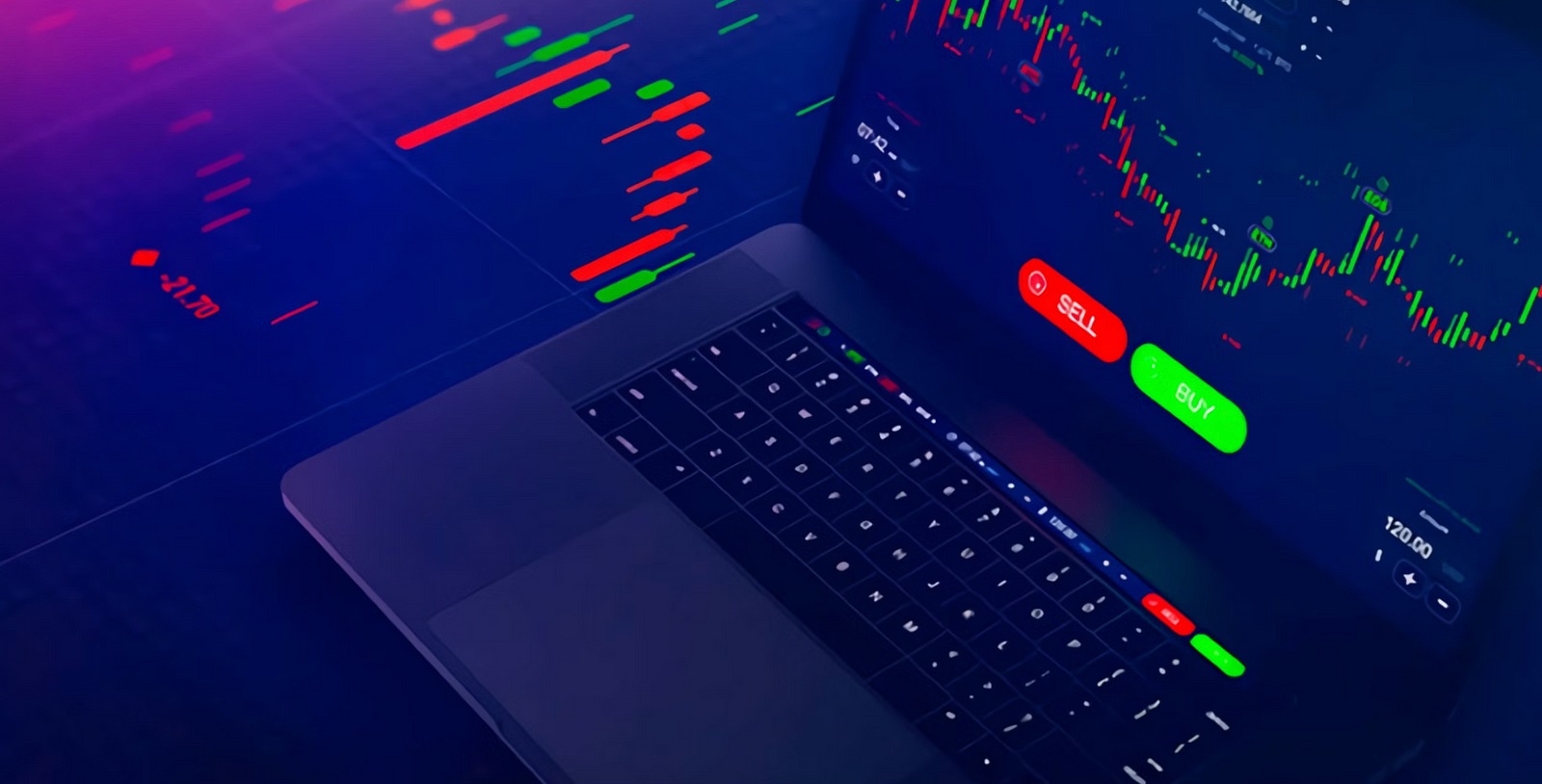
AI-powered trading utilizes advanced algorithms and machine learning methods to sift through extensive market data, detect patterns, and make well-informed trading choices. These AI platforms process and understand data much faster and on a larger scale than humans. By leveraging AI technology, traders access valuable insights, uncover concealed opportunities, and execute trades with exceptional accuracy and efficiency. AI-driven trading strategies go beyond traditional rule-based systems. They learn and adapt to changing market conditions, continuously refining their algorithms based on historical data and real-time market dynamics. This adaptive nature allows AI systems to identify and capitalize on subtle patterns and relationships that human traders may overlook.
Components of AI-driven trading
- Data aggregation and processing
The foundation of AI-driven trading lies in collecting and processing massive amounts of market data. This data includes price movements, trading volumes, economic indicators, news sentiment, and social media trends. AI systems can efficiently gather and clean this data, ensuring its accuracy and relevance for further analysis.
- Feature extraction and selection
Once the data is processed, quantum ai australia algorithms extract meaningful features and variables with predictive power. This process involves identifying the most relevant factors influencing market behaviour, such as technical indicators, fundamental ratios, or macroeconomic variables. Through advanced feature selection techniques, AI systems can focus on the most informative and predictive features, enhancing the accuracy of their trading signals.
- Model development and training
At the heart of AI-driven trading strategies are sophisticated machine-learning models. These models are designed to learn from historical data and identify complex patterns and relationships. Standard machine-learning algorithms used in trading include neural networks, support vector machines, and decision trees. The models are trained on extensive datasets, allowing them to capture the intricate dynamics of the markets.
- Backtesting and optimization
Before deploying AI-driven trading strategies in live markets, it is crucial to backtest them thoroughly. Backtesting involves simulating the plan’s performance on historical data to evaluate its effectiveness and robustness. This process helps identify potential weaknesses and allows for optimization of the AI models. By fine-tuning parameters and incorporating risk management techniques, traders can enhance the reliability and profitability of their AI-driven strategies.
- Real-time execution and monitoring
Once the AI-driven trading strategies are validated and optimized, they are deployed in real-time trading environments. AI systems continuously monitor market conditions, process incoming data, and generate trading signals based on predefined criteria. These signals trigger automated trades, ensuring rapid execution and eliminating the need for manual intervention. Real-time monitoring also enables traders to track the performance of their AI strategies and make necessary adjustments as market conditions change.
AI-driven trading strategies
- Enhanced efficiency and speed
AI-driven trading strategies can process and analyze vast amounts of data in seconds, surpassing human capabilities. By automating the trading process, AI systems execute trades with remarkable speed and precision, minimizing the impact of market volatility and reducing the risk of missed opportunities.
- Objective decision-making
Unlike human traders, who may be influenced by emotions, biases, or cognitive limitations, AI systems rely solely on quantitative analysis and predefined rules. This objectivity helps eliminate the impact of emotional factors, such as fear, greed, or overconfidence, which lead to suboptimal trading decisions.
- Adaptability to changing market conditions
Financial markets are dynamic and constantly evolving. AI-driven trading strategies can adapt to changing market conditions by continuously learning from new data and updating their models. This adaptability allows AI systems to identify emerging trends, detect regime shifts, and adjust their strategies accordingly. By staying agile and responsive to market dynamics, AI-driven trading strategies maintain their edge and generate consistent returns.






